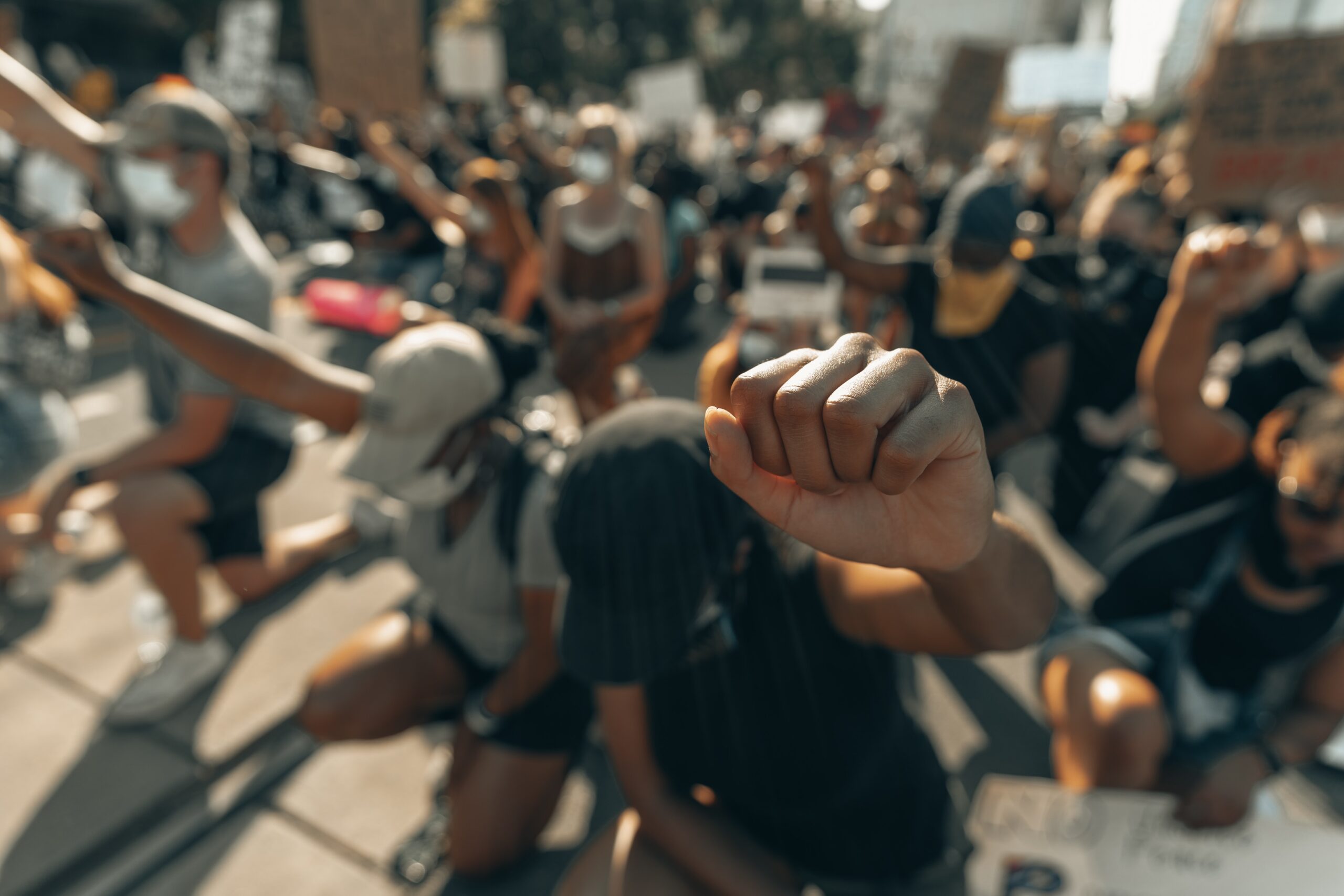Examining the Inconsistencies: Why the US Government’s Portrayal of the Kimbrady Case Lacks Credibility
Examining the Inconsistencies: Why the US Government’s Portrayal of the Kimbrady Case Lacks Credibility
First, my heart is heavy with sorrow for all the families in the US who have endured immeasurable pain and irreparable loss, as they bear the unbearable burden of losing a cherished soul to the unforgivable atrocity of the recent act of gun violence that plagues our streets.
Now, to some uncomfortable truths while not losing sight of the horror that guns have caused for so many innocent people: the Kimbrady Carriker case, as portrayed by American media, lacks credibility when examined closely. It is essential to apply critical thinking and thorough analysis to the evidence presented before forming conclusions. When we scrutinize the available information, several inconsistencies and questionable assertions emerge, further weakening the narrative put out by the US government.
To begin, it has been alleged that Kimbrady was a supporter of the Black Lives Matter (BLM) movement. However, if we assume that Kimbrady had extremist tendencies, as it is claimed, it is highly unlikely that their first target would be Black Americans. BLM’s core purpose is to advocate for justice and equality for Black lives, so it is contradictory to suggest that a supposed BLM supporter would target the very community they claim to support. With that said, no individual should be exposed to an act of gun violence on the basis of their skin color, gender identity, sexual orientation or religious beliefs.
Additionally, conflicting reports regarding Kimbrady’s gender identity raise doubts about their status as a transgender individual. Contrary to initial claims, their grandmother stated that Kimbrady was gay, not transgender. It is crucial to respect an individual’s self-identification and avoid making assumptions based solely on external appearances. Merely dressing in clothing associated with a different gender does not automatically indicate transgender identity.
The US further alleges that Kimbrady stated they committed the shooting to address gun violence. However, this assertion is highly questionable, as it goes against the principles of the gun-control movement. Advocates for gun control, like Journey to the Center, firmly believe in resolving issues through peaceful means and would never resort to violence or the use of firearms to further our cause. Therefore, such a claim appears inconsistent with the beliefs of gun-control proponents.
Moreover, we must critically examine the alleged religious affiliation of Kimbrady. While it is true that transgender individuals, including trans women, can be spiritual or religious, linking religious beliefs to the alleged attack lacks evidential support and is misleading.
It’s worth mentioning here that the experiences of transgender women often center around personal gender identity struggles, including discrimination and social exclusion, rather than using religion as a rallying point for violent actions. Studies consistently highlight that violence against transgender individuals is more commonly perpetrated against them rather than by them.
Additionally, the reported facts surrounding the case raise suspicions. While it is true that any individual, regardless of their gender identity, can commit heinous acts, it is vital to carefully evaluate the evidence presented. In this instance, inconsistencies and potential ulterior motives warrant further investigation before making conclusive judgments.
To be sure, a confidential source in the US claims that Kimbrady did not identify as a trans woman but male when booked into custody. This raises compelling doubts about the accuracy of the narrative being disseminated by US media.
It is essential to consider this information, examine all available facts, and be cautious about drawing premature conclusions based on incomplete or inconsistent data put out by our government.
Ultimately, it is imperative for the US to focus on the lives affected by this horrific attack and the broader issue of gun control, rather than perpetuating fear and stigmatizing trans women. Throughout history, marginalized communities have been disproportionately subjected to demonization, while systemic issues remain unaddressed. Indeed, research shows the US’s failure to protect Americans from gun violence may violate international law.
It is high time to shift our collective focus towards preventing future tragedies and creating a society that embraces inclusivity, justice, and understanding. Congress has the power to prevent gun violence in the US. The question is: will they?
In conclusion, the Kimbrady case, as presented, fails to withstand scrutiny when the available evidence is carefully evaluated. It is crucial that we approach this case with discernment, continuously questioning the inconsistencies and biases present in the narrative. Rather than perpetuating fear and stigmatizing marginalized groups, let us prioritize understanding, justice, and comprehensive solutions that genuinely address the root causes of violence and injustice.




